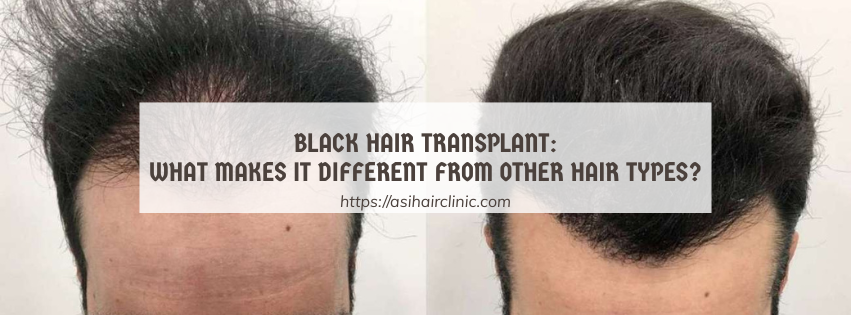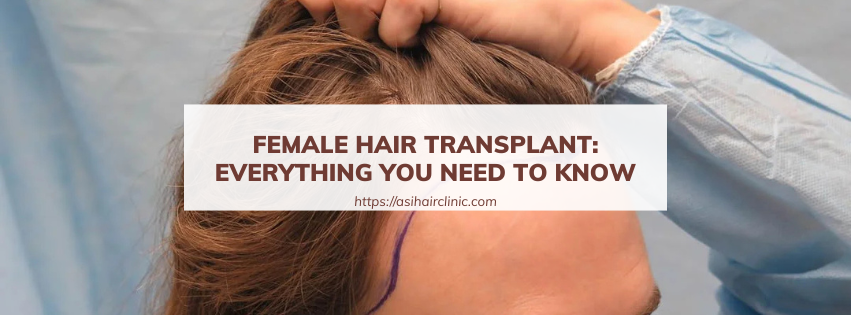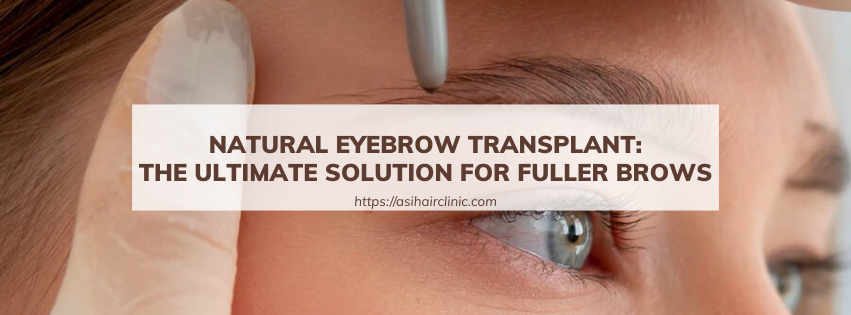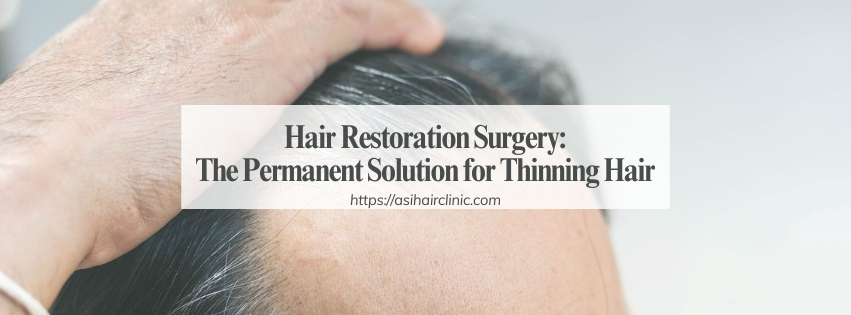When To Get A Hair Transplant
Hair loss is a common concern for many individuals, both men and women alike. It can significantly impact self-esteem and confidence, leading to feelings of insecurity and dissatisfaction with one's appearance. While various treatment options exist, hair transplantation has emerged as a widely sought-after solution, offering a permanent and natural-looking remedy. However, deciding when to undergo this procedure requires careful consideration and a thorough understanding of the factors involved. This comprehensive guide aims to equip you with the knowledge to make an informed decision about whether a hair transplant is the right path for you.
Understanding Hair Loss
To begin, it's crucial to understand the underlying causes of hair loss. There are numerous factors contributing to hair thinning or balding, including:
- Androgenic Alopecia (Male Pattern Baldness)
- Female Pattern Baldness
- Telogen Effluvium
- Alopecia Areata
- Traction Alopecia
Androgenic Alopecia (Male Pattern Baldness)
Androgenic alopecia, also known as male pattern baldness, is the most common type of hair loss, affecting approximately 50 million men in the United States alone. It primarily affects men, driven by genetic predisposition and hormonal influences. The condition is characterized by a receding hairline and thinning hair on the crown of the head, eventually leading to complete baldness.
The main culprit behind androgenic alopecia is dihydrotestosterone (DHT), a hormone derived from testosterone. In genetically predisposed individuals, DHT binds to receptors in the hair follicles, causing them to shrink. This process, called miniaturization, leads to weaker and thinner hair, eventually stopping hair growth altogether.
While there is no cure for male pattern baldness, there are various treatment options available to slow down the progression of hair loss. These include medication, such as finasteride and minoxidil, which can help block the production of DHT and stimulate hair growth. However, for those with advanced stages of hair loss, a hair transplant may be the only permanent solution.
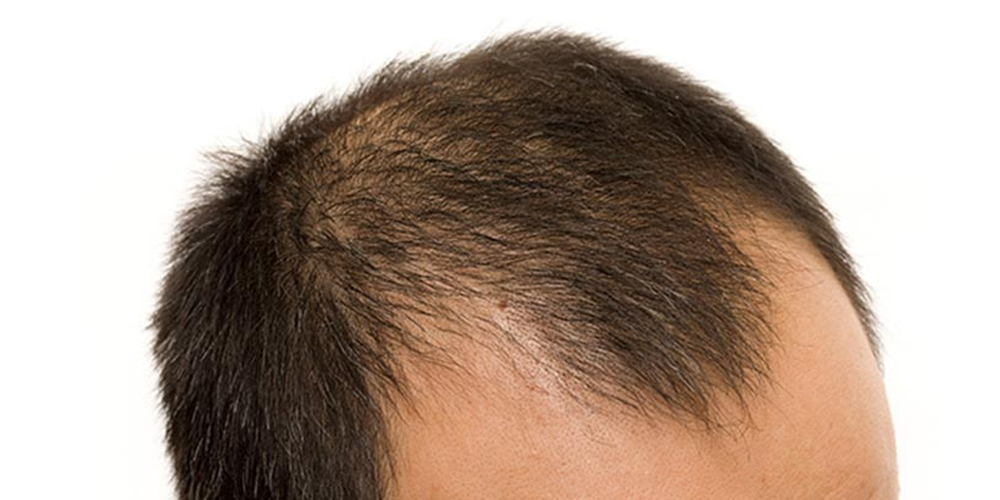
Female Pattern Baldness
While female pattern baldness affects significantly fewer women than men, it is still a prevalent issue. It follows a similar pattern to male pattern baldness, but it is usually less severe and affects women due to genetics and hormonal fluctuations. In women, hair loss typically presents as a widening part or overall thinning of the hair, rather than complete baldness like in men.
The primary cause of female pattern baldness is believed to be a combination of genetic predisposition and hormonal imbalances, particularly an increase in androgen levels. Androgens, such as testosterone and DHT, play a significant role in regulating hair growth, and when they are out of balance, it can lead to hair loss.
Treatment options for female pattern baldness are similar to those for male pattern baldness, including medication and hair transplants for more advanced cases. However, it is essential to note that some underlying health conditions, such as polycystic ovary syndrome (PCOS), can also cause female pattern baldness. Therefore, it's crucial to consult a medical professional for a proper diagnosis before pursuing treatment options.
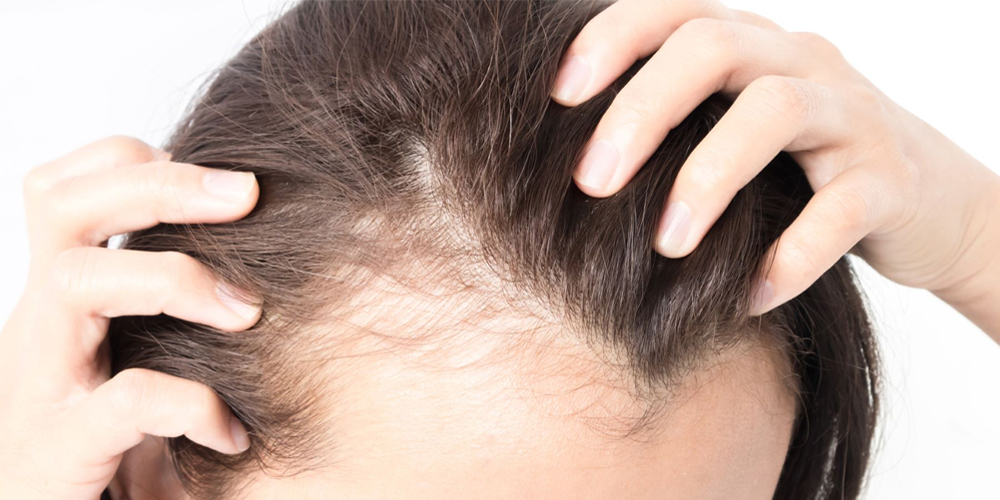
Telogen Effluvium
Telogen effluvium is a condition triggered by stress, illness, or significant changes in diet, causing hair to shed excessively. It occurs when a large number of hair follicles enter the telogen phase prematurely, resulting in a sudden and noticeable increase in hair shedding. This condition can affect both men and women of any age, and it can last anywhere from a few months to a year.
Stress is one of the leading causes of telogen effluvium, whether it's physical or emotional. It can disrupt the hair growth cycle, pushing more hair follicles into the resting phase and causing them to shed. This type of hair loss is usually temporary, and once the underlying cause is addressed, the hair should return to its normal growth cycle.
Treatment for telogen effluvium focuses on managing stress levels and addressing any underlying health issues. In most cases, the hair will grow back on its own without the need for medical intervention. However, if the condition persists, a hair transplant may be an option for those with significant hair loss.
Alopecia Areata
Alopecia areata is an autoimmune disorder where the body attacks hair follicles, leading to patchy hair loss. It can affect anyone at any age, but it is more common in individuals under 30 years old. While the exact cause of alopecia areata is unknown, it is believed to be a combination of genetic predisposition and environmental triggers.
In individuals with alopecia areata, the immune system mistakenly identifies hair follicles as foreign objects and attacks them, resulting in hair loss. The condition can present itself in various forms, from small patches of hair loss to complete baldness on the scalp and body. In some cases, the hair may grow back on its own, but for others, it may require medical treatment or a hair transplant.
Treatment options for alopecia areata include corticosteroid injections, topical medications, and immunosuppressants. These aim to reduce inflammation and suppress the overactive immune response, allowing hair to regrow. For those with extensive hair loss, a hair transplant can successfully restore hair growth in affected areas.
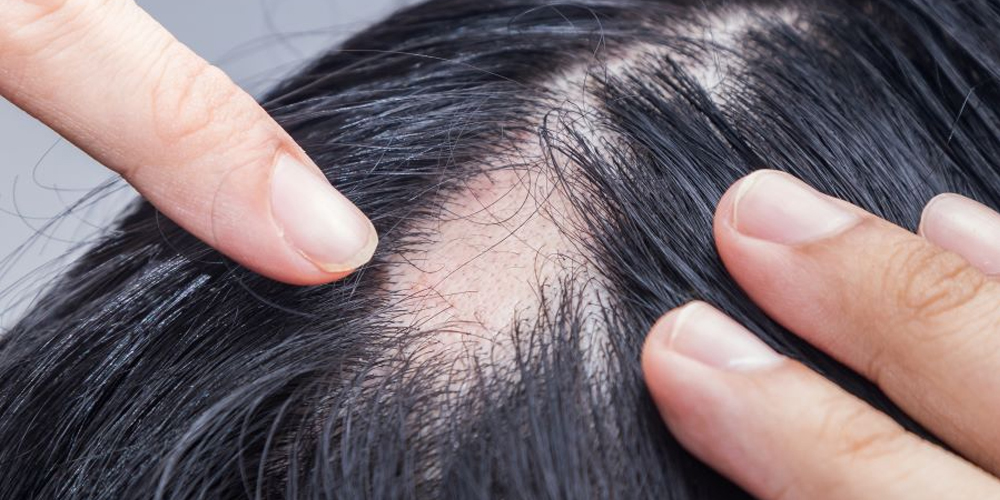
Traction Alopecia
Traction alopecia is a type of hair loss caused by tight hairstyles, such as braids, ponytails, or hair extensions, which put stress on hair follicles. It is most commonly seen in women who regularly wear these types of hairstyles for extended periods. The constant pulling and tension on the hair can cause damage to the hair follicles, resulting in hair loss.
The good news is that traction alopecia is preventable and reversible if caught early on. Avoiding tight hairstyles and giving your hair regular breaks from styling can help prevent this type of hair loss. Additionally, using hair care products that promote healthy hair growth, such as those containing biotin and keratin, can also be beneficial.
If left untreated, however, traction alopecia can lead to permanent hair loss, in which case a hair transplant may be necessary. It's essential to address the issue promptly to avoid any long-term damage to the hair follicles.
Is A Hair Transplant Right For You?
Now that we have explored the different types of hair loss, it's time to determine if a hair transplant is the right choice for you. Here are some factors to consider:
Extent of Hair Loss
The first thing to consider is the extent of your hair loss. Typically, hair transplants are recommended for individuals with advanced stages of hair loss where other treatment options have failed. If you are in the early stages of hair loss, it may be best to explore other options before considering a hair transplant.
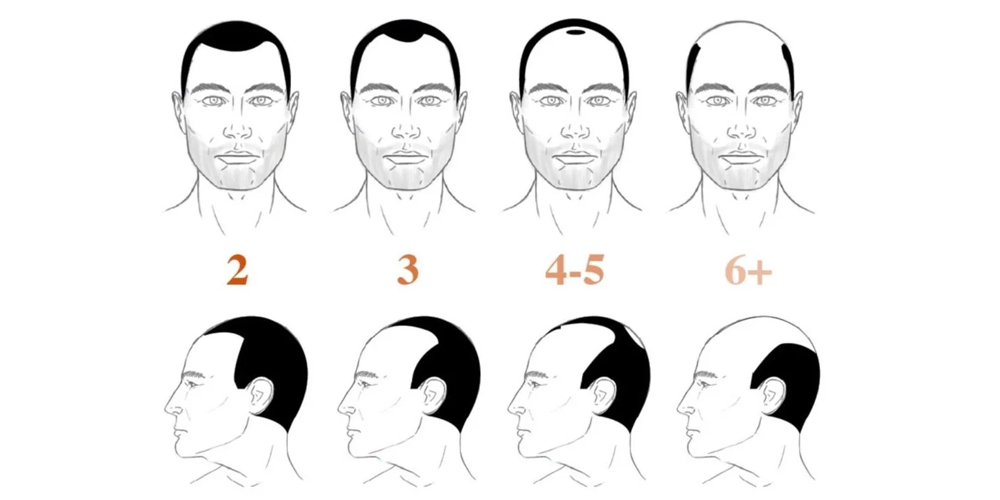
Age
Age is another crucial factor when deciding on a hair transplant. Generally, it is not recommended for individuals under the age of 25 as their hair loss pattern may not be fully established yet. Also, since hair loss is an ongoing process, a hair transplant at a young age may require additional procedures in the future to maintain results.
Health Factors
Underlying health conditions and lifestyle habits can also affect the success of a hair transplant. It's essential to consult a medical professional before undergoing the procedure to ensure that you are in good health and a suitable candidate for surgery. Additionally, smoking and excessive alcohol consumption can hinder the body's healing process, so it's recommended to quit or limit these habits before and after the procedure.
Cost
The cost of a hair transplant can vary significantly depending on the extent of hair loss, the technique used, and the location. It's essential to do thorough research and consult with different clinics to determine the cost and payment options that work best for you. Keep in mind that while a hair transplant may seem like a significant investment upfront, it is a permanent solution, making it a worthwhile long-term investment.
Conclusion
Hair loss can significantly impact an individual's self-esteem and confidence. While there are various treatment options available, hair transplantation has emerged as a widely sought-after solution, offering a permanent and natural-looking remedy. However, deciding when to undergo this procedure requires careful consideration and a thorough understanding of the factors involved.
The experts at Aesthetic Hair Restoration are happy to discuss what solutions are best for you. To book a consultation online, click here.
LATEST POSTS

